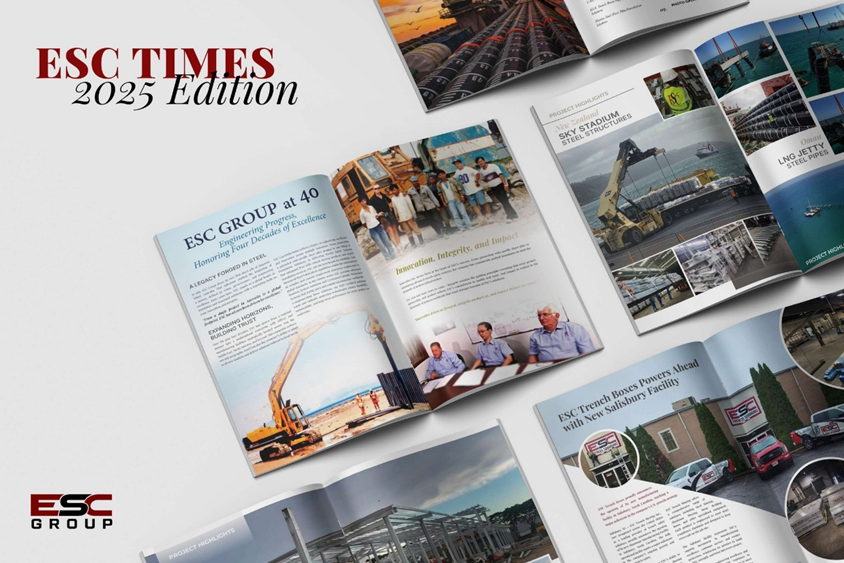Important Guidelines and Best Practices In Excavation Shoring Safety
- ESC Steel LLC

- Jan 30, 2022
- 3 min read
Updated: Jun 22, 2025

One major cause of accidents in the construction industry is when open trenches/excavations start to cave in. In a study by A. Suruda, G. Smith, and S.P. Barker, at least seventy (70) workers die each year due to trench cave-ins.
Accidents and fatalities due to trench cave-ins can be mitigated with the proper implementation of construction safety standards and the use of trench/excavation protection systems.
BEST PRACTICE IN EXCAVATION WORKS
Working in open excavations puts the workers at risk. It should be noted, however, that risks such as excavation collapse and other accidents can be prevented by observing excavation safety standards and practices.
The following should be considered before carrying out excavation works at the site:
Warning Signs and Barricades
Prior to the start of any excavation, warning signs and barricades should be placed along the perimeter of the excavation of the project site. This is done to enclose the working area for the project, and to let passing vehicles and pedestrians know that excavations works are being carried out at the area.

These signs and barricades should also have lighting and/or reflectorized components in order to be seen by vehicles and pedestrians at night.
Having a Certified Safety Officer on Site
Having a Certified Safety

Officer on site during excavation works is very important. A Safety Officer is a professional who has undergone training on basic occupational safety and health and must be certified by the Occupational Safety and Health Administration (OSHA).
The Safety Officer must be well-versed on the safety standards that must be implemented at the construction site. He/she is responsible in ensuring the safety of everyone working at the site. This includes inspecting the project site and identifying hazards that may compromise the safety of the workers and other individuals.
The Safety Officer must also ensure that protective equipment such as PPEs for the workers are worn, and the appropriate excavation protection system is correctly installed at the sides of the excavation prior to working.
Excavation Protection Systems

The use of excavation protection systems is imperative for excavations where sloping/benching of the excavation sides is not possible. This is also required when the underlying soil at the project site is predominantly loose or soft and may collapse easily.

Excavation protection systems such as sheet piles and trench boxes must be properly designed by a registered/professional design engineer.
Loads such as lateral earth pressure, surcharge from traffic and equipment loads, as well as hydrostatic pressure from the retained soil must be considered by the engineer to determine the most adequate and cost-effective excavation protection system.
The installation of such temporary structures prevents the collapse or cave-in of the retained soil while the excavation is open and/or people are working inside the excavation.
Figure 1. Typical trench shield/box (Source: OSHA)
Safe Access and Egress Points
Ingress and egress points allow workers to access the excavation safely. It is required by OSHA 2226-10R that excavations should have ladders, steps, and ramps installed at the site for excavations having depths of 4.00 feet (1.22 meters) or deeper.
In line with trench shields/boxes, the ladders, steps and ramps should also be properly designed and installed at the site to prevent accidents while carrying out construction works in the excavation.
WORK SAFE WITH ESC TRENCH SAFETY SOLUTIONS
ESC Steel offers a wide range of trench shield/protection products that can be installed for various open trench/excavation projects.
These products have been used on numerous projects across the globe, and it is proven to be effective in preventing soil cave-ins and collapses.











.png)